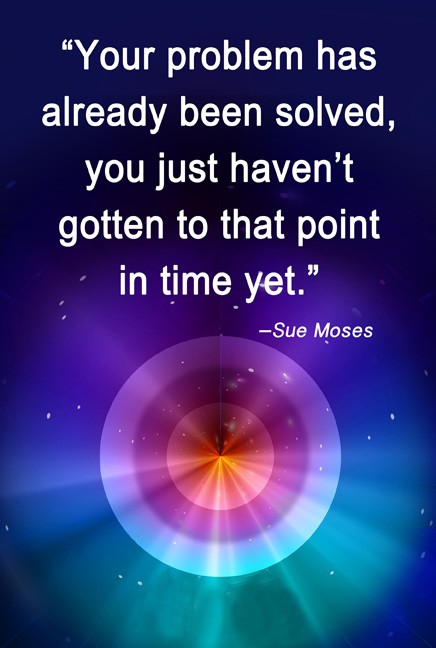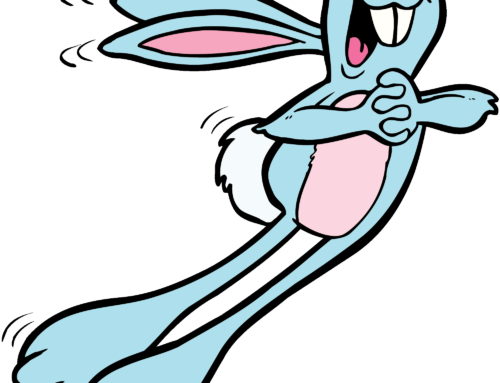When we’re in the midst of a problem, we forget that it will be resolved in the future. Pausing to consider this reality allows us to take a breath, step back, and appreciate that we have incredible internal resources for problem solving.
Trusting that we are created to problem solve brings great relief. We are not left to fate, magic, or luck. Rather, we can trust that the forces of the universe are designed to support our well-being. Our task is to stop, look, and listen. Our task is to creatively cultivate our problem-solving skills.
Here are the four basic problem-solving strategies, the four primary obstacles that get in the way of using these strategies, and the four steps to overcome those obstacles to problem solve more efficiently and effectively.
Problem-Solving Strategies
Research identifies four basic ways we approach problem resolution.
- Algorithms: These are step-by-step procedures (such as mathematical formulas) that always produce a correct solution. Though this provides an accurate answer, it can also be very time consuming.
- Heuristics: As a “rule of thumb” strategy, there is not a guaranteed correct solution; rather heuristics provide a generalized probability. The benefit is that it allows you to simplify a complex problem to a set of total number of possible solutions.
- Trial and Error: This strategy is only effective when there are limited options. It requires trying several solutions and ruling out what is not effective.
- Insight: The solution to a problem appears as a sudden awareness. This is actually a process where the unconscious mind connects the current problem with a previous problem and provides directives as to how to replicate and/or adapt a previous solution.
Obstacles to Problem-Solving
Problem solving is obviously not about perfection. There are four primary internal processes that can interfere with problem solving.
- Functional Fixedness: This is about viewing the problem from “inside the box”, looking at it only as it’s been seen before.
- Irrelevant or Misleading Information. Chasing bright, shiny objects or running from shadows of tigers, lions, and bears distract from focusing on pertinent and essential information. The more complex the problem, the easier it is to be misdirected.
- Assumptions: These are usually negative beliefs about constraints and restrictions that block expansive thinking, drain energy, and stifle creativity. It can also be lack of experience or arrogance, believing all the pertinent information has been reviewed, when, in fact, essential information has been omitted in the resolution process. This position begins with, “Well, I just assumed that . . .”
- Mental Set: This is resistance to looking at alternative ideas – holding to “we’ve always done it this way”. A mental set can function as a heuristic, simplifying problem solving. It can also lead to rigidity and limit finding effective solutions.
How to Overcome Problem Solving Obstacles
- Trust yourself: Make a commitment to trust that you have an amazing capacity to problem solve, with all of the resources of the universe to support your finding a solution. Also have other sets of trusted eyes and ears around you to help you stay on track, without blinders. Observe, copy, and learn from other people who effectively problem solve.
- Push the boundaries: Don’t get boxed in. Consider that your mind has the capacity to be curious, to raise questions, and provide answers you’ve not yet considered.
- Stay focused: While keeping your peripheral vision soft, look forward to the solution. Get clear about the outcome you want. Remember it will be solved – you’re just on your way to getting there. Take time to breathe. Allow new information in, and stay alert to bunny trails.
- Be flexible: Being open to creative options helps your mind relax. Allow your mind play with new ideas and explore uncharted territory.







Wonderful info. Thanks.